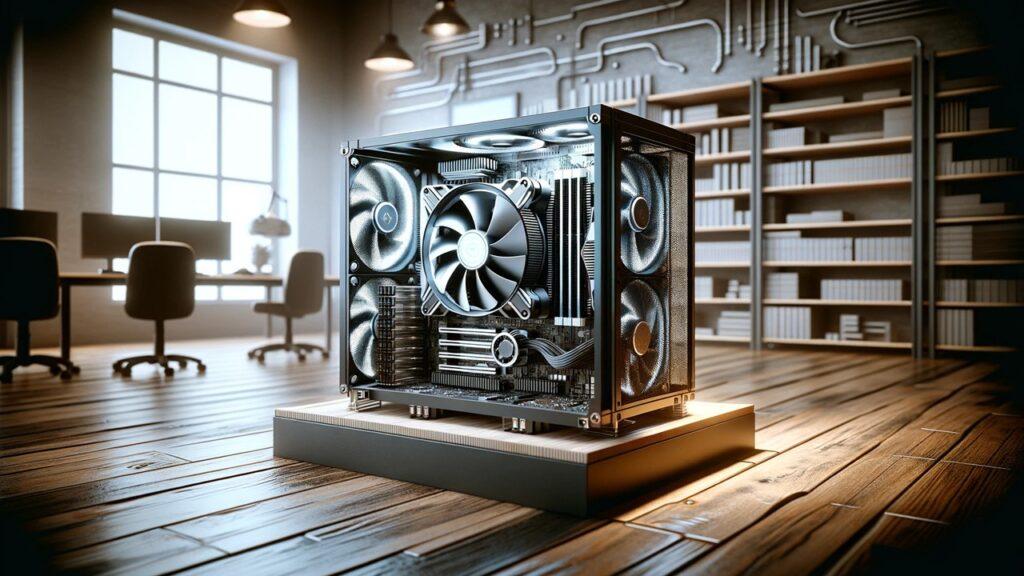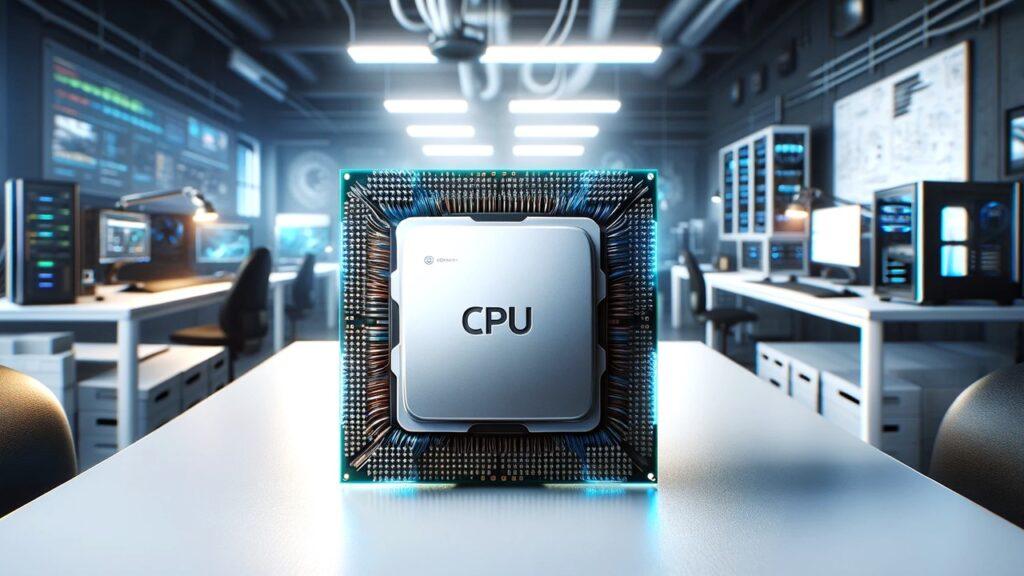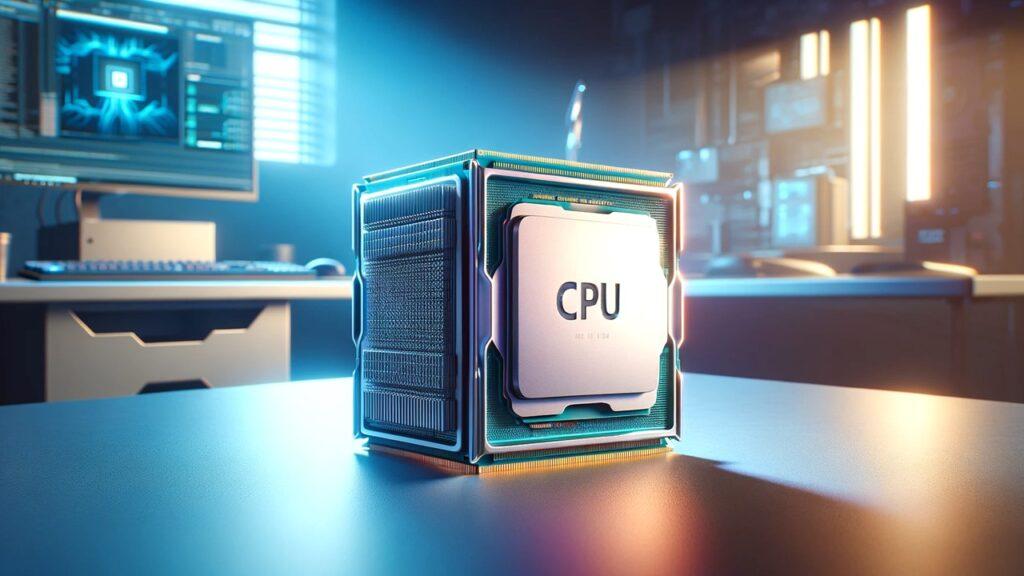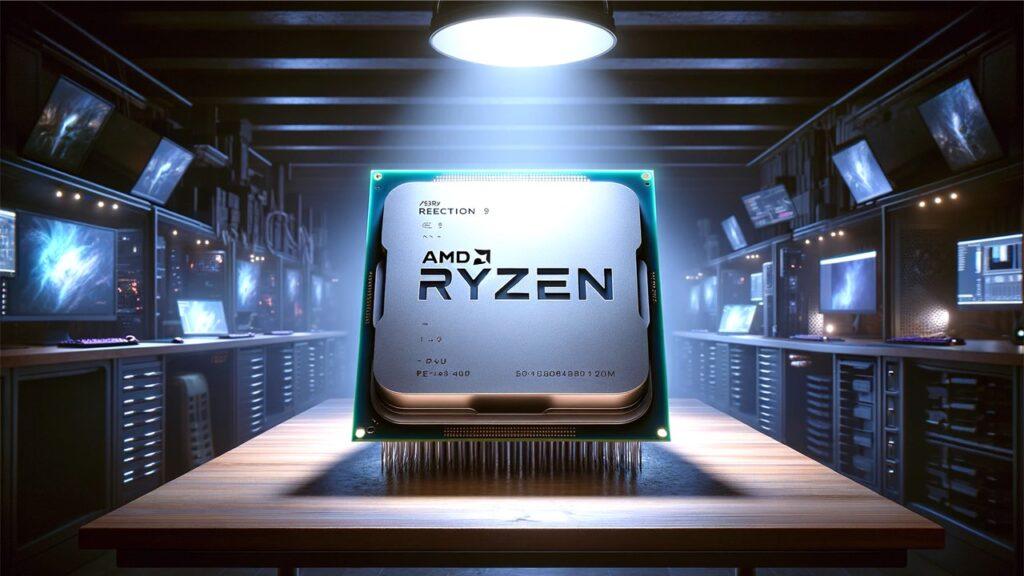
When deciding what radiator size you should choose for your AIO liquid cooler, the key is balancing performance with space. If you’re looking for top-notch cooling, larger sizes like 240mm or 360mm are your go-to, especially for overclocked systems. However, if space is tight or your cooling needs are moderate, a 120mm or 140mm radiator might be all you need. After reading this guide you can get a clear picture and decide the perfect size, ensuring you get the best performance without sacrificing space. Let’s explore the options so you can make the right choice for your setup.
Understanding AIO Liquid Coolers and Radiator Sizes
Choosing the right radiator size for your AIO liquid cooler isn’t just about picking the largest one available. It’s about matching the size with your cooling needs, case compatibility, and overall build goals.
Whether you’re aiming for quiet operation, maximum cooling, or a balance of both, the radiator size plays a crucial role. In this section, we’ll explore the basics of AIO liquid coolers and how radiator size impacts your system’s performance.
What is an AIO Liquid Cooler?
An AIO (All-In-One) liquid cooler combines a pump, radiator, and fans into a single unit. It’s designed to provide more efficient cooling than traditional air coolers by using liquid to transfer heat away from the CPU.
This setup offers a cleaner look and better cooling, especially for high-performance systems. AIO liquid coolers for high-performance gaming are particularly popular among gamers and PC enthusiasts who push their systems to the limit.
How Does Radiator Size Impact Cooling Performance?
The size of your radiator directly affects how much heat it can dissipate. Larger radiators like 240mm or 360mm have more surface area, which allows them to cool more effectively. However, they also require more space and may need additional fans to perform optimally.
Smaller radiators, such as 120mm, fit easily into compact cases but might struggle with high heat output, especially during heavy tasks like overclocking or intense gaming. Understanding this balance helps you choose the radiator size that matches your cooling needs and case size.
Common Radiator Sizes for AIO Liquid Coolers
When picking a radiator size, it’s essential to know the common options and how they fit different builds. Each size has its pros and cons, depending on what you’re trying to achieve with your cooling setup. Below, we’ll break down the most common radiator sizes and when they’re the best choice.
120mm Radiators
The 120mm radiator is compact and easy to fit into most cases. It’s ideal for small builds or systems with moderate cooling needs. If you’re not planning to overclock and have a case with limited space, this size might be sufficient. However, it might not be enough for high-end CPUs or sustained heavy workloads, making it less suitable for demanding applications.
240mm Radiators
A 240mm radiator is a balanced option, offering significantly better cooling than a 120mm while still fitting into many mid-sized cases. It’s a popular choice for gaming PCs and workstations that require reliable cooling without taking up too much space. This size is versatile, providing a good balance between cooling efficiency and case compatibility.
280mm and 360mm Radiators
For those who need top-tier cooling, 280mm and 360mm radiators are the go-to choices. These sizes offer exceptional cooling performance, making them ideal for overclocked systems or builds that prioritize quiet operation.
However, they require more space and may need larger cases to accommodate them. AIO liquid coolers for high-performance gaming often use these sizes to maintain low temperatures under heavy loads.
Each radiator size serves a purpose, and choosing the right one depends on your specific needs, whether it’s fitting into a tight space or keeping a powerful CPU cool. Understanding these options ensures you select a radiator that matches both your cooling goals and build constraints.
Factors to Consider When Choosing a Radiator Size
Choosing the right radiator size for your AIO liquid cooler isn’t just about what fits in your case. You need to think about several factors that can influence your cooling performance, noise levels, and overall system aesthetics. Let’s break down the key considerations to help you make the best choice for your build.
What’s Your PC Case Compatibility?
Before anything else, you must ensure your chosen radiator size will fit your case. Different cases support different radiator sizes, and squeezing a large radiator into a small case can lead to poor airflow and challenging installation.
Always check your case’s specifications to see what radiator sizes it supports. For instance, many mini-ITX motherboards are used in compact cases that may only support a 120mm or 240mm radiator. This step helps you avoid compatibility issues and ensures a smoother build process.
How Much Cooling Performance Do You Need?
Your cooling needs depend on how much heat your system generates. If you’re running a powerful CPU or planning to overclock, a larger radiator like a 280mm or 360mm is essential for keeping temperatures in check.
On the other hand, if you’re using a mid-range CPU with moderate heat output, a 240mm radiator might provide ample cooling without taking up too much space. Consider your CPU’s thermal design power (TDP) and whether you need extra cooling for overclocking or intense workloads. CPUs for overclocking benefit significantly from larger radiators, as they generate more heat than standard setups.
Why Does Your Aesthetic Preference Matter?
Aesthetics might not be the first thing on your mind, but they do play a role in choosing the right radiator size. Larger radiators often mean more fans, which can impact the visual look of your build. If you’re aiming for a clean, minimalistic setup, you might prefer a smaller radiator that blends in better with the rest of your components.
Alternatively, if you’re going for a bold, aggressive look with RGB CPU coolers, a larger radiator with more fans could enhance your build’s visual appeal. Your radiator size should complement the overall design of your PC.
Considering these factors ensures you select a radiator that not only fits your case but also meets your cooling needs and enhances the aesthetic of your build. Each factor plays a crucial role in achieving the right balance between performance, space, and style.
What Radiator Size Should You Choose Based on Your Use Case?
The ideal radiator size varies depending on what you use your PC for. Different use cases demand different cooling capabilities, so it’s crucial to match your radiator size with how you plan to use your system. Below, we’ll explore the best radiator sizes for various scenarios.
Gaming PCs
For gaming PCs, especially those using AMD Ryzen CPUs for gaming or other high-performance processors, a 240mm radiator is often the sweet spot. It provides enough cooling to handle the heat generated by modern games without taking up excessive space. If you’re using a high-end GPU or overclocking your CPU, a 280mm or 360mm radiator might be more suitable to maintain optimal temperatures during long gaming sessions.
Workstations and Content Creation
Workstations and systems used for content creation, like budget CPUs for high-end 4K video editing, require consistent and reliable cooling. A larger radiator, such as a 280mm or 360mm, is recommended to keep temperatures stable during heavy workloads. These radiators can handle the sustained heat output from rendering, encoding, and other intensive tasks, ensuring your system remains responsive and reliable.
Compact and Mini-ITX Builds
If you’re building a compact PC using a mini-ITX motherboard, space is a significant concern. In these cases, a 120mm or 140mm radiator is often the best choice, as it fits easily into smaller cases.
While these radiators may not offer the same cooling performance as their larger counterparts, they are typically sufficient for lower power CPUs and GPUs, making them ideal for compact builds where space is at a premium.
Selecting the right radiator size based on your specific use case ensures that your system runs efficiently and stays cool, no matter what you throw at it. Whether you’re gaming, creating content, or building a compact PC, there’s a radiator size that perfectly matches your needs.
Wrapping It Up!
Choosing the right radiator size for your AIO liquid cooler is crucial for balancing performance, space, and aesthetics. Larger radiators like 280mm or 360mm provide excellent cooling, especially for gaming PCs or workstations with high-performance CPUs. However, these sizes require more space and may only fit certain cases. On the other hand, smaller radiators, such as 120mm or 240mm, are ideal for compact builds or systems with moderate cooling needs. They fit more easily into a wider range of cases but may struggle with heavy workloads.
When selecting a radiator, consider your PC case compatibility, cooling requirements, and aesthetic preferences. Whether you’re gaming, working on content creation, or building a compact system, each radiator size offers unique benefits tailored to your specific use case. Understanding these factors will help you choose a radiator that not only fits your case but also meets your performance and design goals.
In summary, the right radiator size depends on your system’s needs and your build goals. Whether it’s a high-performance gaming rig or a compact, stylish setup, choosing the correct radiator size ensures optimal cooling and overall system efficiency. By carefully considering the factors discussed, you’ll make an informed decision that enhances both the performance and appearance of your PC.
Related FAQs
What Radiator Size Is Best for Compact PC Builds?
For compact builds, a 120mm or 140mm radiator is usually the best fit due to space constraints.
How Does Radiator Size Impact Noise Levels?
Larger radiators typically require fewer fans, reducing noise levels compared to smaller radiators.
Can I Use a 360mm Radiator in a Mid-Tower Case?
It depends on your case’s dimensions; some mid-tower cases can accommodate a 360mm radiator.
Does Radiator Thickness Matter Alongside Size?
Yes, thicker radiators offer better cooling but require more space and can impact airflow.
What’s the Ideal Radiator Size for Overclocking?
A 280mm or 360mm radiator is ideal for overclocking due to their superior cooling performance.

At our core, we’re a group of passionate tech lovers, just like you. We dive deep into the world of tech, especially when it’s about building PCs that perform. We try to provide as much value to the readers with our information and how to blog articles as possible. For affiliate articles our honest and transparent reviews of essential tech products are rooted in real-world experience. We take great satisfaction in offering unbiased evaluations, ensuring that you can make informed decisions when investing in your desired techs. As an affiliate website, we may earn a small commission from some of the products we feature. However, rest assured that our opinions are not influenced by this, and your trust is always our main priority.




